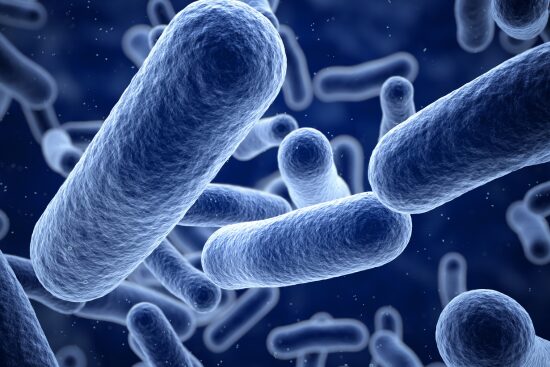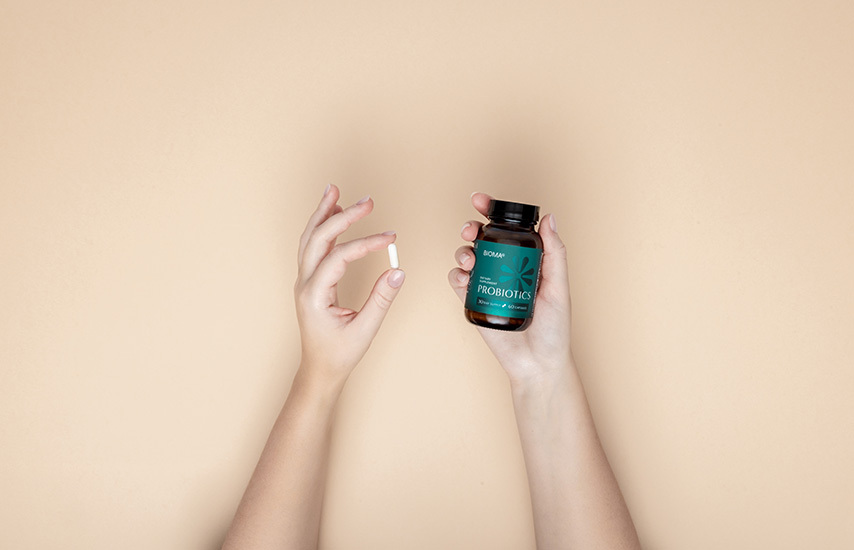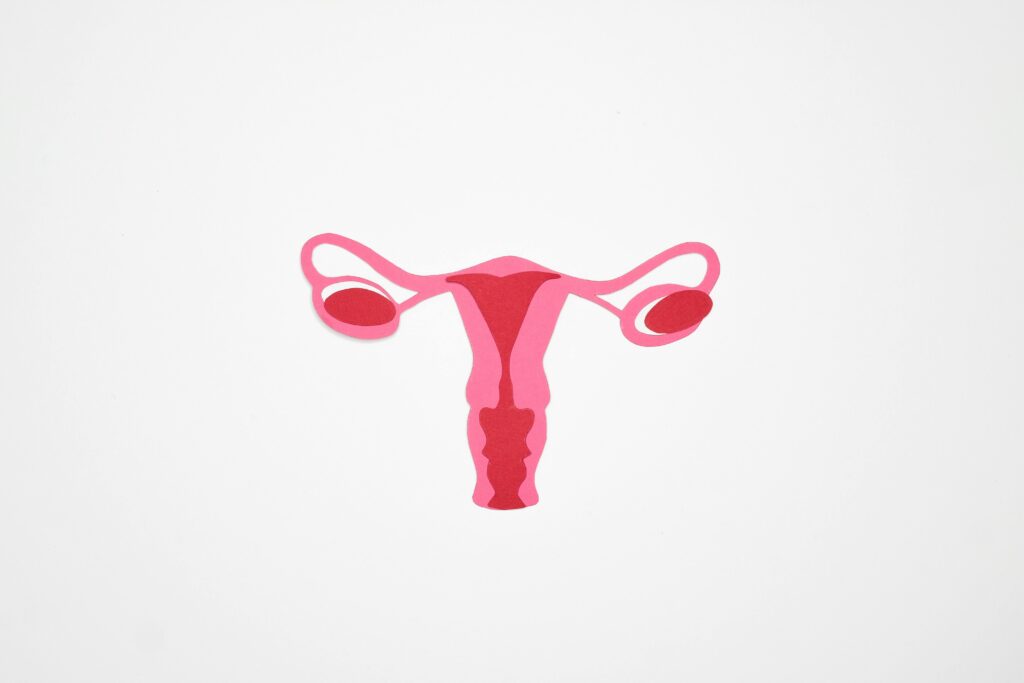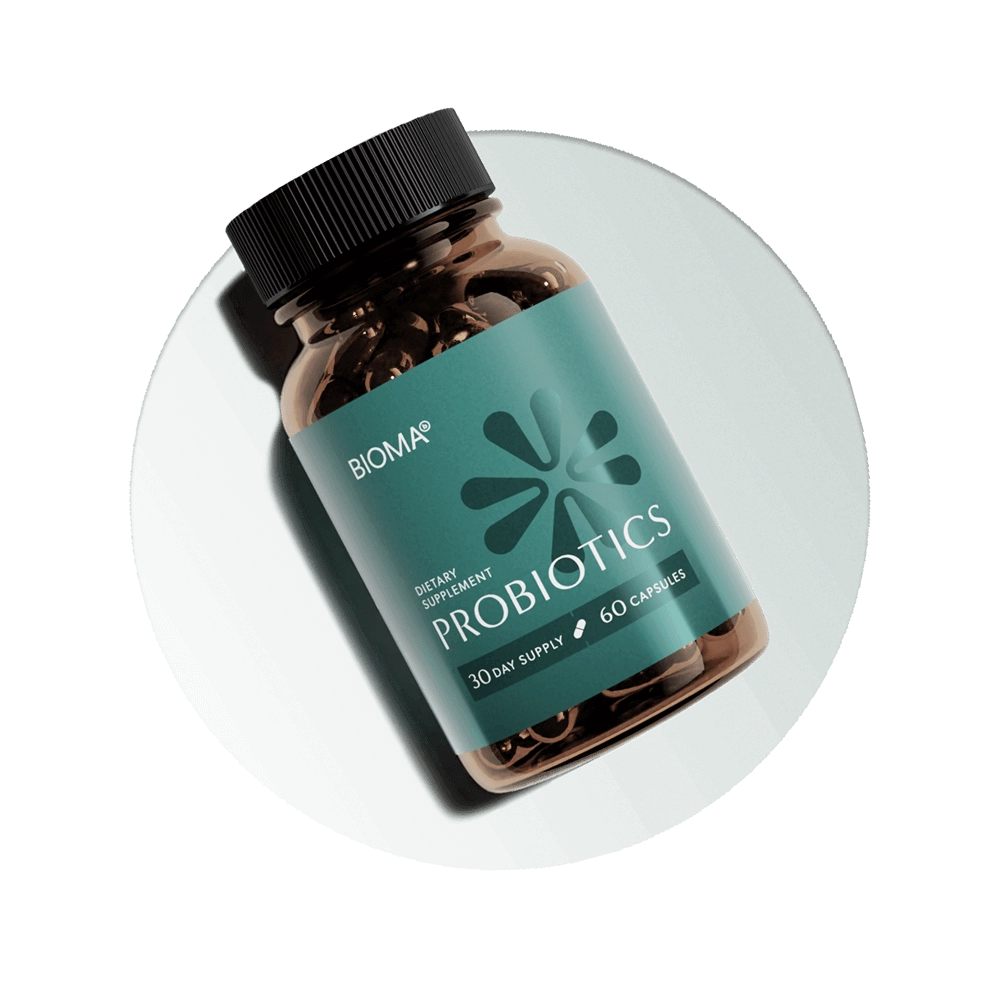Can You Take Probiotics With Antibiotics? A Complete Guide

Antibiotics are powerful tools for fighting bacterial infections, but they come with a downside—they don’t discriminate between harmful bacteria and the good bacteria in your gut. This can lead to gut microbiota imbalance, digestive issues, and even antibiotic-associated diarrhea (AAD).
This raises an important question: can probiotics help while taking antibiotics? Research suggests that taking the right probiotic strains during and after antibiotic treatment may help preserve gut health, reduce digestive side effects, and restore microbial diversity. Let’s explore the scientific evidence, the best probiotic strains, and how to use them effectively.
Benefits of Probiotics During Antibiotic Use
When antibiotics wipe out bacteria, they disrupt gut microbiota composition, leaving the digestive system vulnerable to issues like bloating, diarrhea, and an increased risk of Clostridium difficile infections (C. difficile). Probiotics help by introducing beneficial bacteria that can support gut health and maintain intestinal barrier integrity.
How Probiotics Counteract Antibiotic Side Effects
- Reduce the risk of antibiotic-associated diarrhea – A systematic review and meta-analysis published in The Cochrane Database of Systematic Reviews found that probiotic supplementation, particularly with Lactobacillus and Saccharomyces boulardii, significantly reduced the incidence of pediatric antibiotic-associated diarrhea.
- Support gut microbiota diversity – Antibiotics disturb the balance between Firmicutes phylum and Proteobacteria phylum, leading to dysbiosis. Probiotics help restore gut microbiota composition, preventing long-term imbalances.
- Strengthen the immune system – Since 70% of the immune system resides in the gut, maintaining a diverse microbiome helps prevent infections and supports immune response.
- Protect against C. difficile infections – A study published in JAMA found that probiotic coadministration with antibiotics reduced the risk of C. difficile infections in hospitalized patients.

Choosing the Right Probiotics
Not all probiotics are created equal. Certain strains are more effective at supporting gut health during antibiotic therapy.
Top Probiotic Strains for Antibiotic Use
- Lactobacillus rhamnosus – Supports gut microbiota stability and helps reduce antibiotic-associated diarrhea.
- Bifidobacterium species – Helps maintain gut microbiota composition and prevent intestinal dysbiosis.
- Saccharomyces boulardii – A probiotic yeast that’s antibiotic-resistant, making it ideal for co-administration.
- Bacillus spp. – Spore-forming probiotics that survive antibiotic treatments and help restore gut balance.
A high-quality 11-strain probiotic supplement with a diverse range of bacteria can be more effective than a single-strain probiotic. Bioma Probiotics, formulated with lactobacillus, bifidobacterium, and Saccharomyces boulardii, provide a well-balanced approach to gut microbiota recovery.
How Antibiotics Affect the Gut Microbiome
Antibiotics don’t just kill harmful bacteria—they also deplete beneficial bacteria, leading to reduced microbial diversity and an increased risk of gut-related issues.
Key Impacts on the Gut
- Disrupts gut barrier integrity – Beneficial bacteria help maintain a strong intestinal barrier, preventing harmful bacteria from entering the bloodstream.
- Increases pathogenic bacteria growth – With beneficial bacteria depleted, opportunistic bacteria like Clostridium difficile can thrive.
- Alters digestion – Some antibiotics reduce populations of Faecalibacterium prausnitzii, a bacteria associated with healthy digestion.

Restoring Gut Balance After Antibiotic Use
A study published in Nature found that it can take up to 6 months for gut microbiota to fully recover after a single course of antibiotics. However, probiotic supplementation can help accelerate the process and reduce long-term dysbiosis (source).
Potential Side Effects and Concerns
While probiotics are generally safe, there are a few things to consider when taking them with antibiotics.
Possible Risks
- Timing matters – If taken too close to an antibiotic dose, some probiotics may be killed before they can colonize the gut.
- Risk in immunocompromised individuals – Those with weakened immune systems should consult a doctor before using probiotics to avoid infections or probiotic overgrowth.
- Antibiotic-probiotic interactions – Some antibiotics may reduce the efficacy of probiotics, which is why strain selection is important.
Research published in The Journal of Antimicrobial Chemotherapy suggests that antibiotic susceptibility should be evaluated when choosing probiotic strains for co-administration..
Timing and Administration of Probiotics
To maximize probiotic benefits, timing is crucial.
Best Practices for Taking Probiotics with Antibiotics
- Take probiotics at least 2 hours apart from antibiotics to prevent antibiotic-probiotic interactions.
- Follow a treatment period of 28 days to 6 months, as gut microbiome recovery takes time.
- Opt for 5 to 40 billion CFU/day, depending on the severity of microbiome depletion.
- Incorporate fermented foods like yogurt, kimchi, and kefir, which provide natural sources of probiotics.
A study in Gut Microbes found that probiotic supplementation for at least 7 days after completing antibiotic therapy significantly improved microbiome stabilization.

Scientific Evidence and Studies
Several studies confirm the effectiveness of probiotic supplementation during antibiotic therapy.
Notable Research Findings
- A Cochrane Review analyzing 33 randomized trials concluded that probiotics reduce antibiotic-associated diarrhea by 52%.
- Research published in The American Journal of Gastroenterology found that probiotic use reduced C. difficile infections by 60% in hospitalized patients.
- A study in The Lancet Gastroenterology & Hepatology suggests that probiotic co-administration can help shorten the duration of digestive issues following antibiotic use.
Bioma Probiotics: Supporting Gut Health During and After Antibiotics
When taking antibiotics, choosing a high-quality probiotic supplement is essential. Bioma Probiotics are formulated with clinically researched strains that help:
- Restore gut microbiota diversity after antibiotic use.
- Support intestinal barrier integrity to reduce digestive discomfort.
- Prevent antibiotic-associated diarrhea by replenishing beneficial bacteria.
- Maintain immune system balance by promoting microbial stability.
By incorporating our probiotics during and after antibiotic therapy, you can minimize side effects and support long-term gut health.
Conclusion
So, can you take probiotics with antibiotics? Yes—but timing, strain selection, and consistency matter. Research confirms that probiotics help reduce antibiotic side effects, prevent C. difficile infections, and restore gut microbiota composition after antibiotic therapy.
Pairing the right probiotic strains—like Lactobacillus rhamnosus, Bifidobacterium species, and Saccharomyces boulardii—with antibiotics can support gut health and immune function. Whether through supplements or probiotic-rich foods, maintaining a healthy gut microbiome is key to better digestion, immunity, and overall well-being.
For those looking for a reliable gut health solution, Bioma Probiotics offer scientifically backed probiotic strains that can be used alongside antibiotic treatments for optimal digestive support.
Related articles





